The Messerschmitt Bf 110, often known unofficially as the Me 110,[Note 1] is a twin-engined Zerstörer (destroyer, heavy fighter), fighter-bomber (Jagdbomber or Jabo), and night fighter (Nachtjäger) developed in Nazi Germany in the 1930s and used by the Luftwaffe during World War II. Hermann Göring was a proponent of the Bf 110, believing its heavy armament, speed, and range would make the Bf 110 the Luftwaffe’s premier offensive fighter. Early variants were armed with two MG FF 20 mm cannon, four 7.92 mm (.312 in) MG 17 machine guns, and one 7.92 mm (.312 in) MG 15 machine gun for defence (later variants would replace the MG FFs with MG 151s and the rear gunner station would be armed with the twin-barreled MG 81Z). Development work on an improved type to replace the Bf 110 - the Messerschmitt Me 210 - began before the war started, but its shakedown troubles resulted in the Bf 110 soldiering on until the end of the war in various roles. Its intended replacements, the aforementioned Me 210 and the significantly improved Me 410 Hornisse, never fully replaced the Bf 110.
The Bf 110 served with considerable success in the early campaigns in Poland, Norway, and France. The primary weakness of the Bf 110 was its lack of manoeuvrability, although this could be mitigated with better tactics. This weakness was exploited by the RAF, when Bf 110s were flown as close escort to German bombers during the Battle of Britain. When British bombers began targeting German territory with nightly raids, some Bf 110-equipped units were converted to night fighters, a role to which the aircraft was well suited. After the Battle of Britain, the Bf 110 enjoyed a successful period as an air superiority fighter and strike aircraft in other theatres and defended Germany from strategic air attack by day against the USAAF's 8th Air Force, until an American change in fighter tactics rendered them increasingly vulnerable to developing American air supremacy over the Reich as 1944 began.
During the Balkans and North African campaigns and on the Eastern Front, it rendered valuable ground support to the German Army as a potent fighter-bomber. Later in the war, it was developed into a formidable radar-equipped night fighter, becoming the main night-fighting aircraft of the Luftwaffe. Most of the German night fighter aces flew the Bf 110 at some point during their combat careers and the top night fighter ace, Major Heinz-Wolfgang Schnaufer, flew it exclusively and claimed 121 victories in 164 sorties.[2]
Specifications
General Characteristics
- Created On Windows
- Wingspan 51.2ft (15.6m)
- Length 39.0ft (11.9m)
- Height 11.9ft (3.6m)
- Empty Weight 7,793lbs (3,534kg)
- Loaded Weight 10,241lbs (4,645kg)
Performance
- Horse Power/Weight Ratio 0.195
- Wing Loading 22.6lbs/ft2 (110.5kg/m2)
- Wing Area 452.3ft2 (42.0m2)
- Drag Points 4059
Parts
- Number of Parts 82
- Control Surfaces 8
- Performance Cost 387

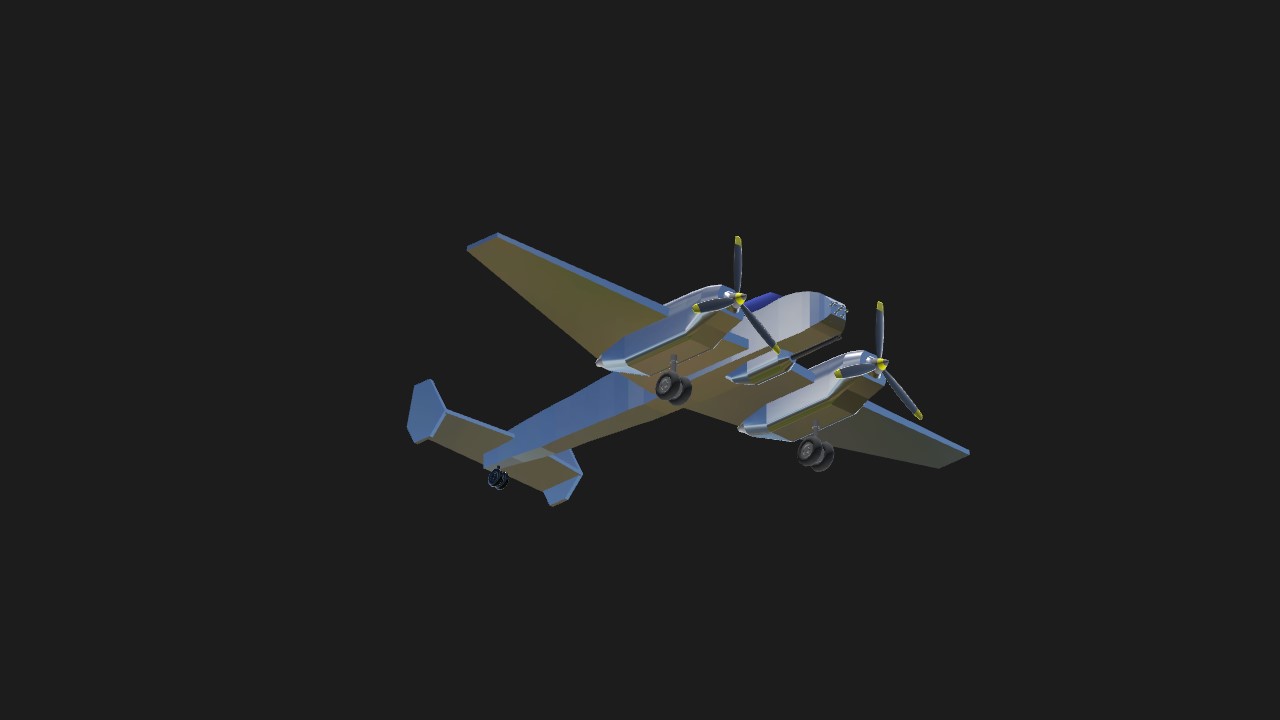
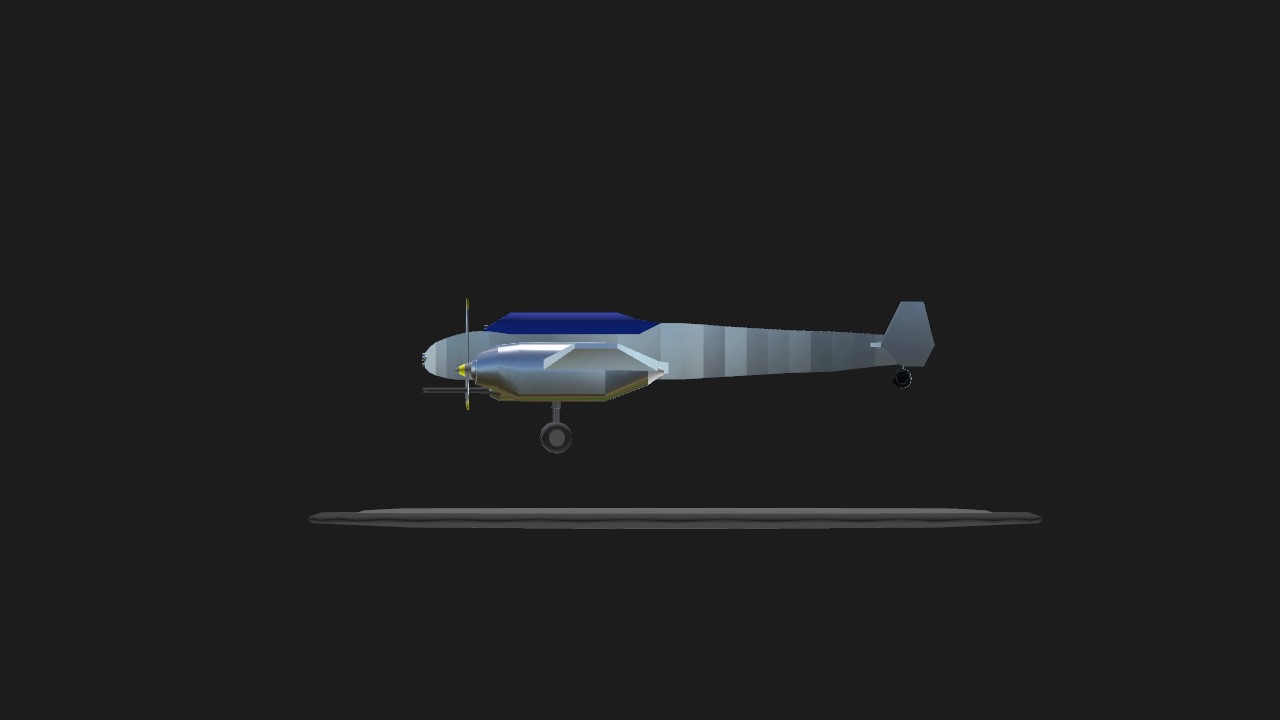
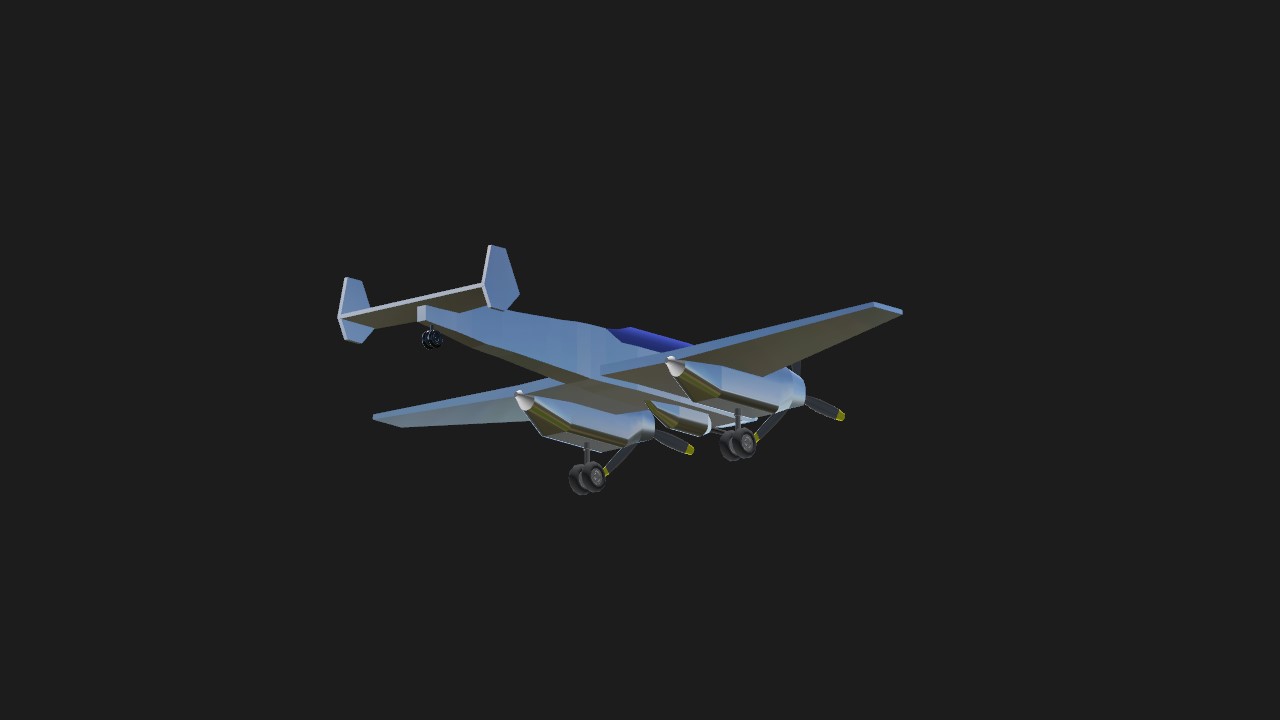
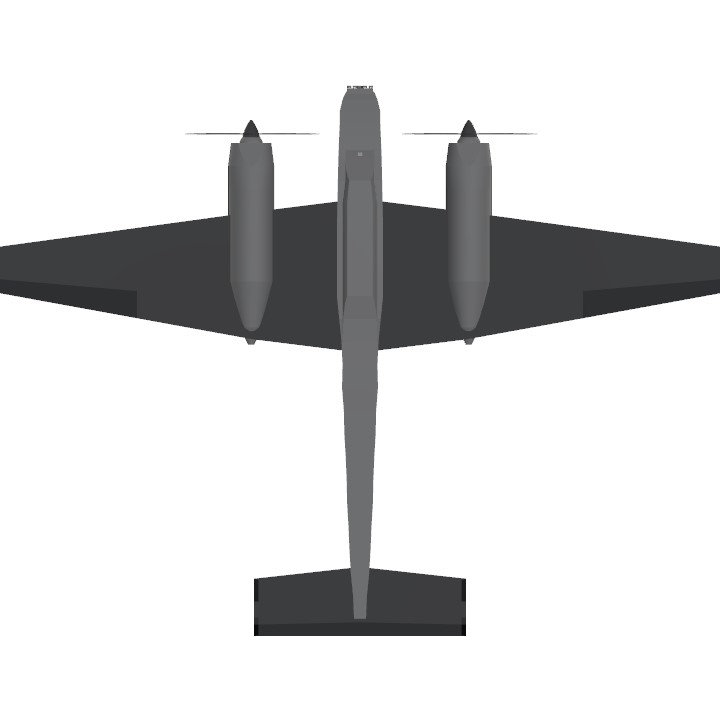
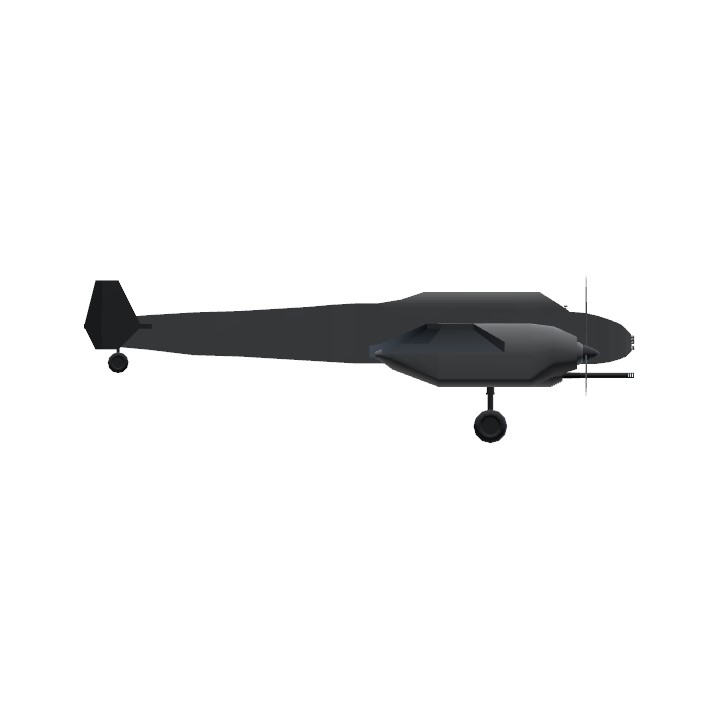
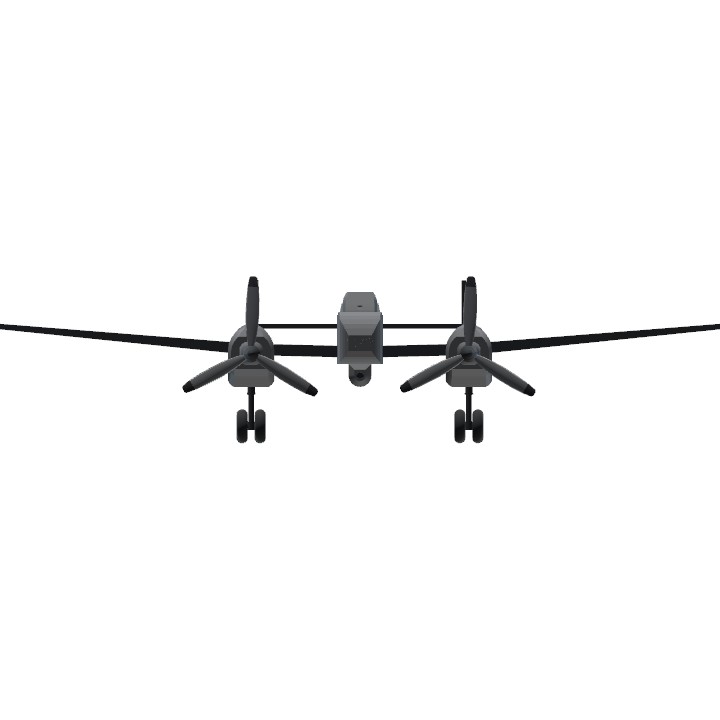
thx so much @Kaveman,@Jaspy190 'n' @FeiGe3
@Kaveman thank you
Quick tip: If you don't add any special detailing, like cockpits or fuselage wings, you should probably add a "simple" in the title, just so people don't think you're a five year old. It might help you get more downloads. Overall it looks really good